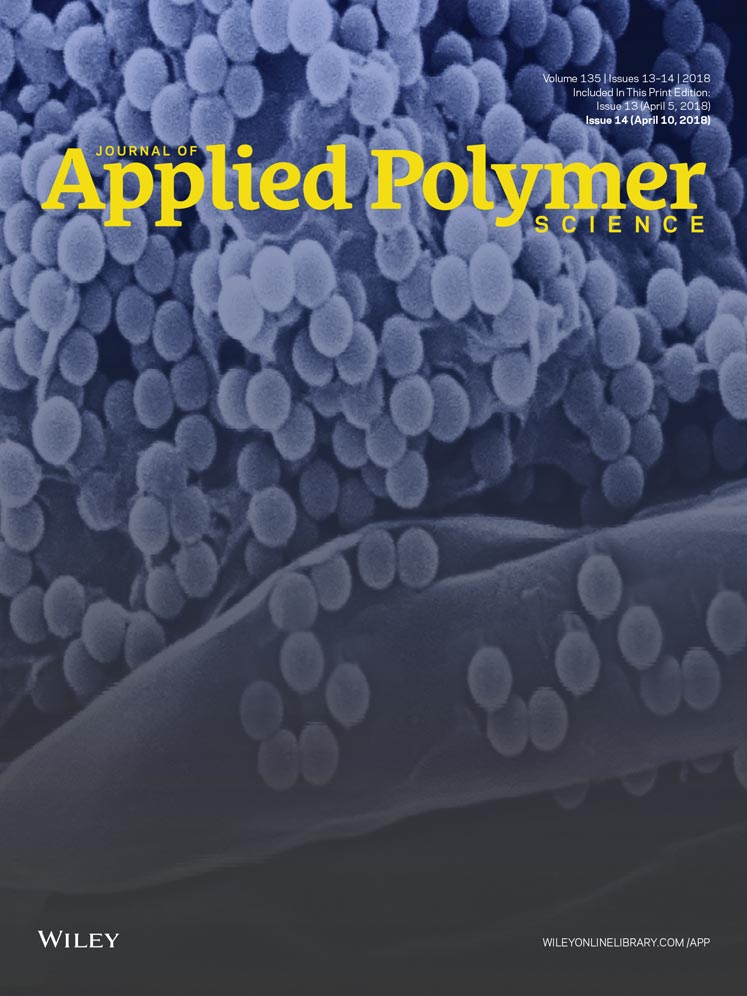Comparing laser diffraction and optical microscopy for characterizing superabsorbent polymer particle morphology, size, and swelling capacity
ABSTRACT
In this study, we determined the accuracy and practicality of using optical microscopy (OM) and laser diffraction (LD) to characterize hydrogel particle morphology, size, and swelling capacity (Q). Inverse-suspension-polymerized polyacrylamide particles were used as a model system. OM and LD showed that the average particle diameter varied with the mixing speed during synthesis for the dry (10–120 μm) and hydrated (34–240 μm) particles. The LD volume and number mean diameters showed that a few large particles were responsible for the majority of the water absorption. Excess water present in the gravimetric swelling measurements led to larger Qs (8.2 ± 0.37 g/g), whereas the volumetric measurements with OM and LD resulted in reduced capacities (6.5 ± 3.8 and 5.7 ± 3.9 g/g, respectively). Results from the individual particle swelling measurements with OM (5.2 ± 0.66 g/g) statistically confirmed that the volumetric methods resulted in a reduced and more accurate measurement of the Q than the gravimetric method. © 2017 Wiley Periodicals, Inc. J. Appl. Polym. Sci. 2018, 135, 46055.




